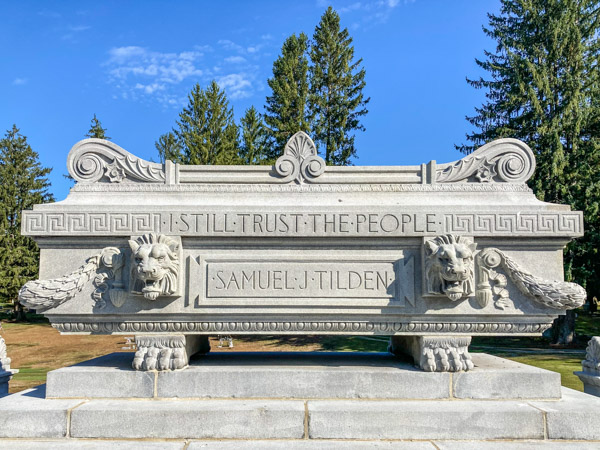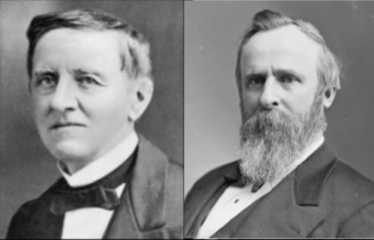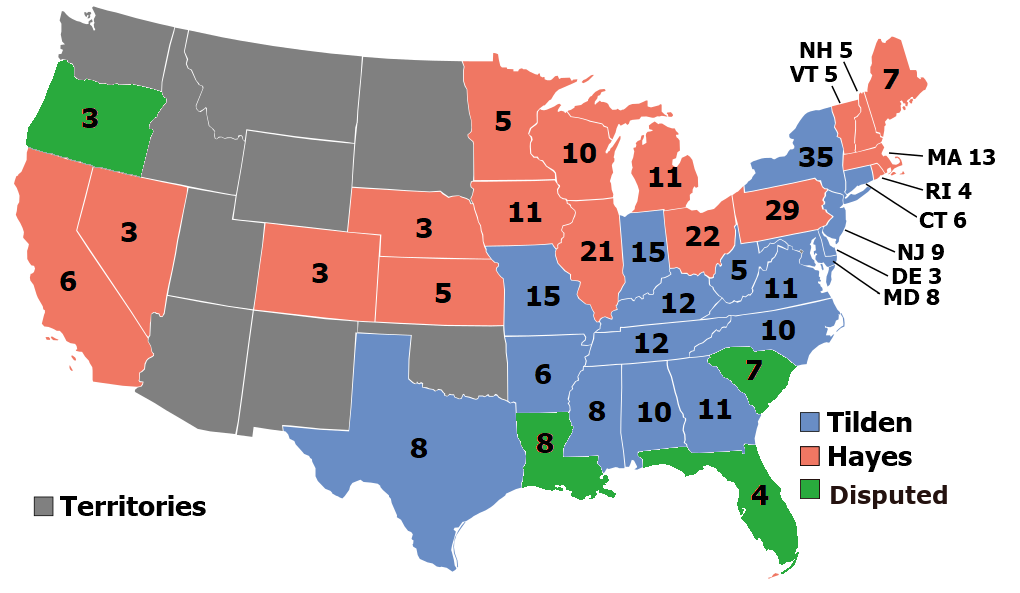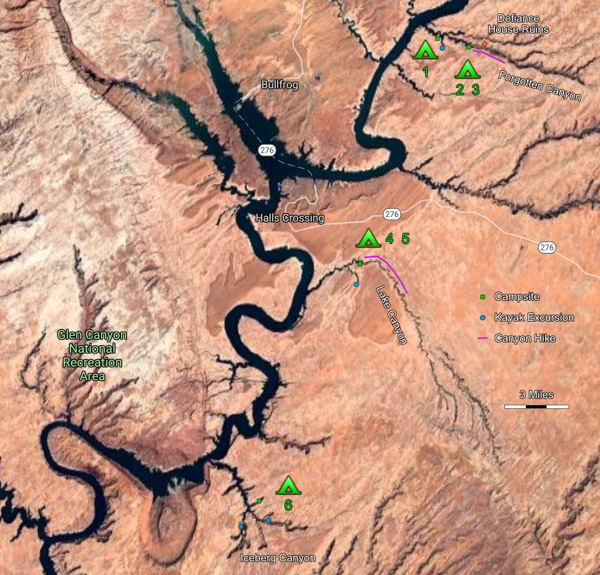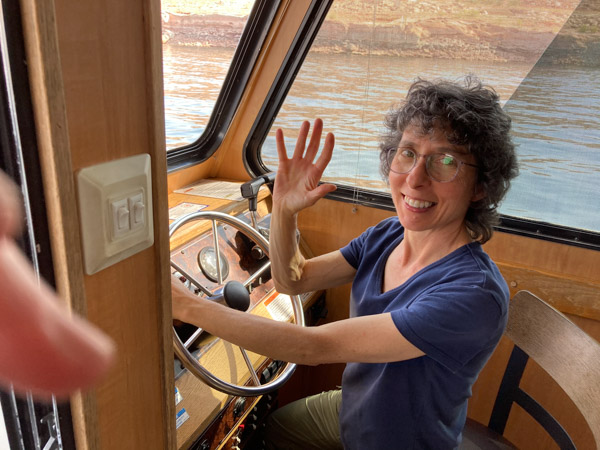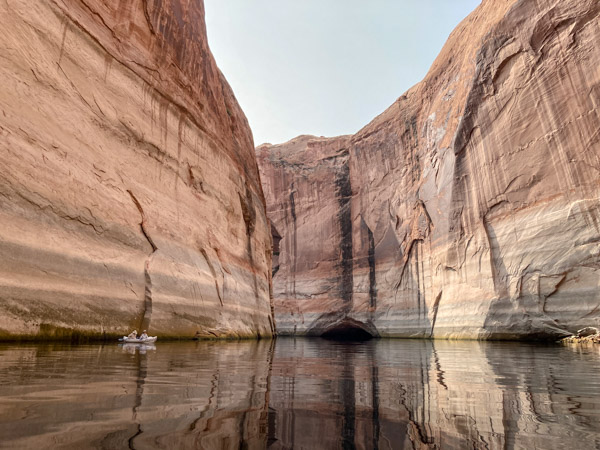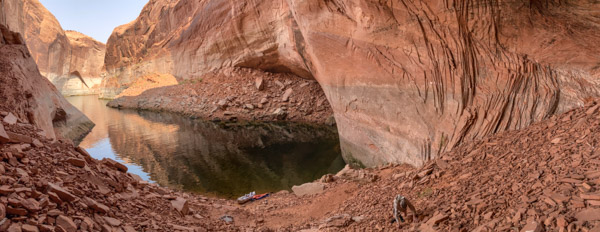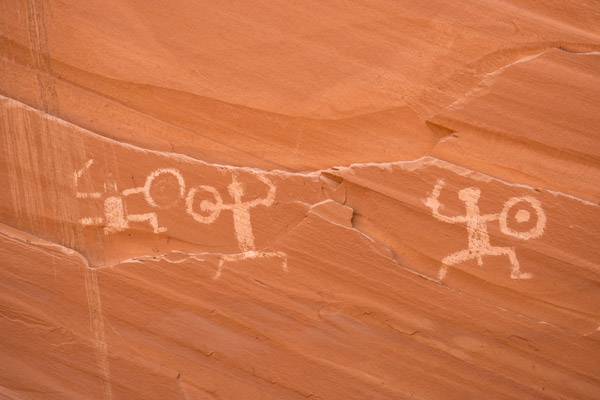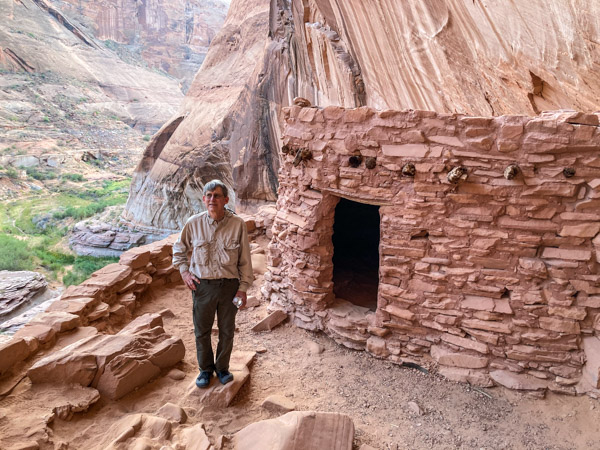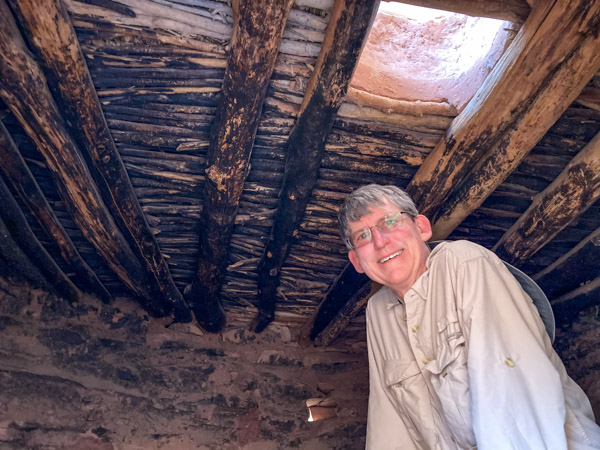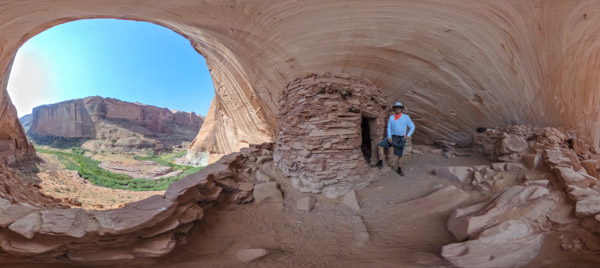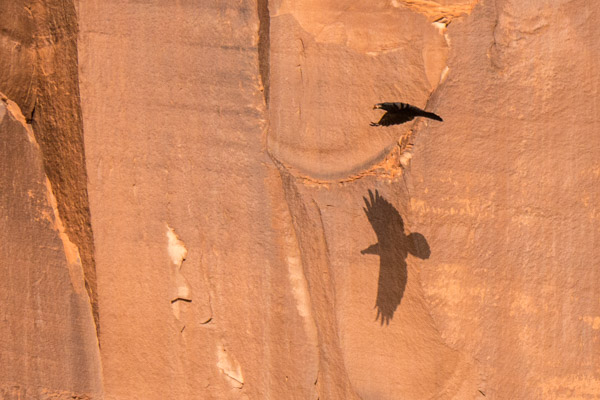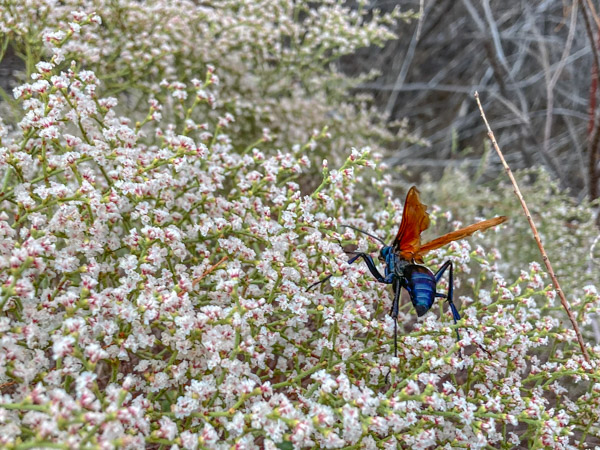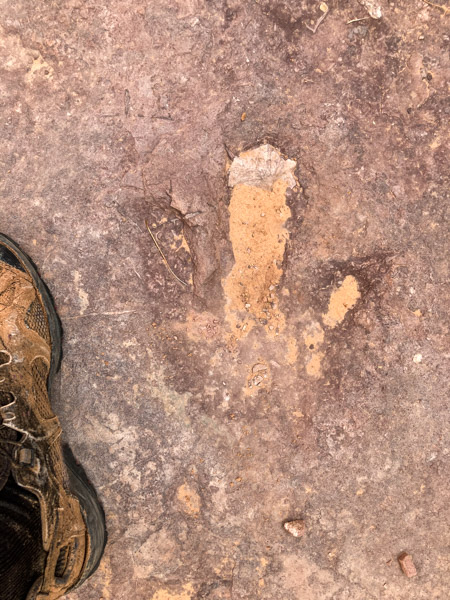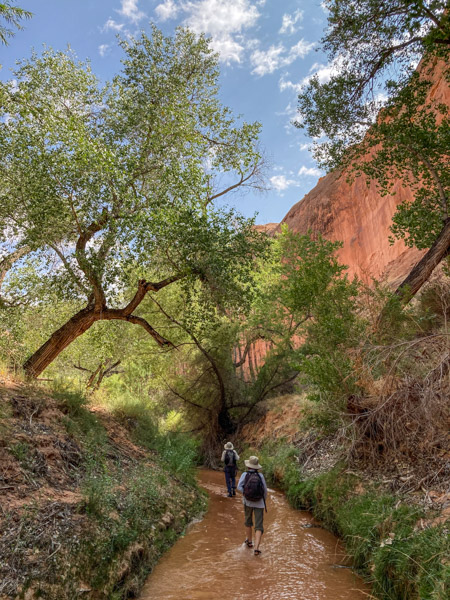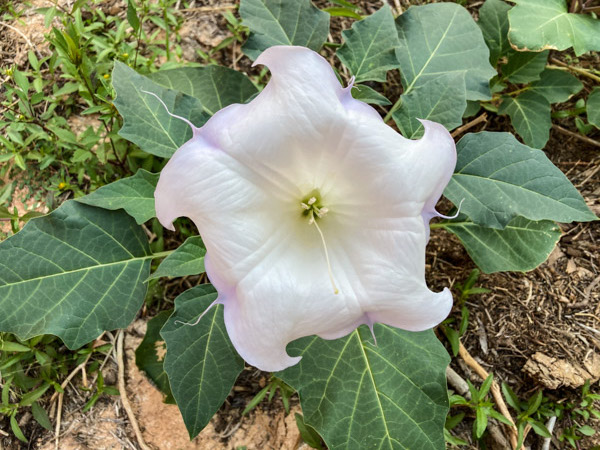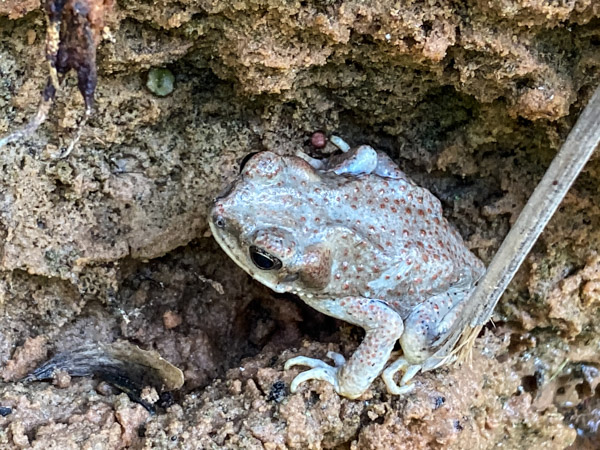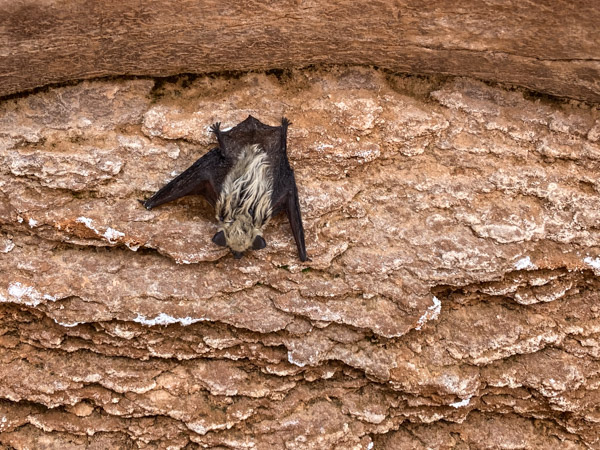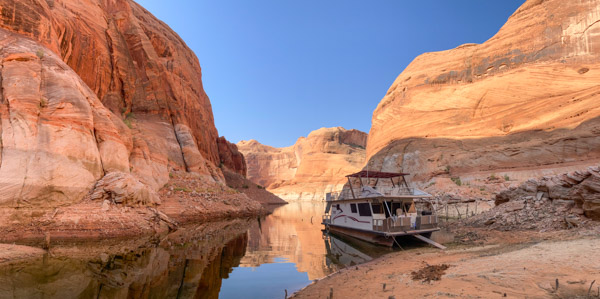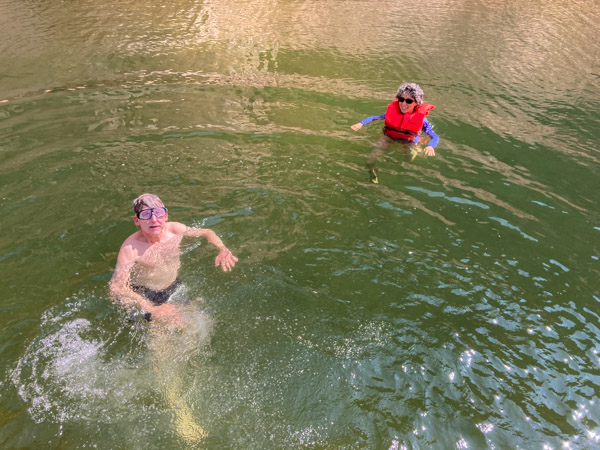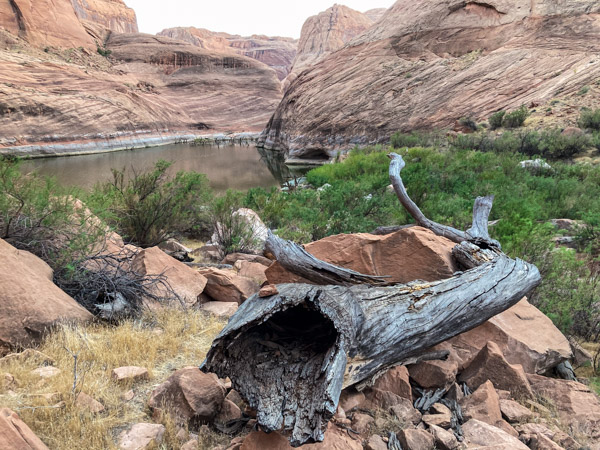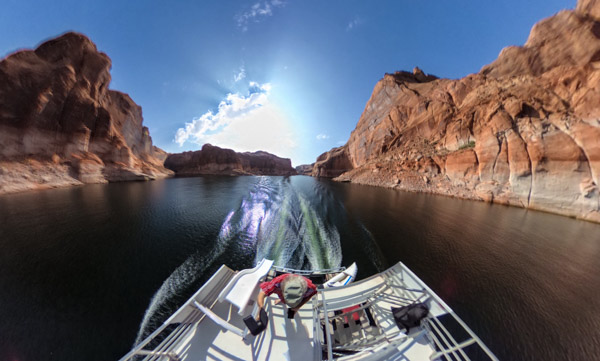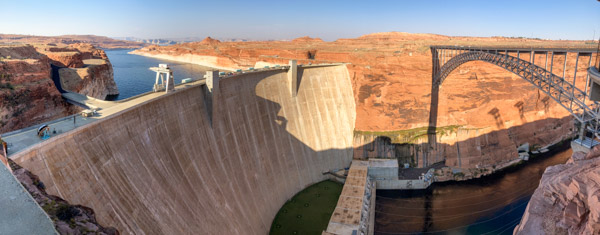Some thoughts on camping flashlights…
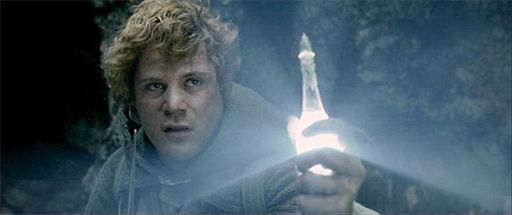
- I’m not too fond of headlamps for a few reasons… they are generally too bright when you are working close, shine in peoples faces when you look up, and kill your night vision.
- I’ve had at least a dozen flashlights over the years that have failed, about of half of those failed out in the woods when I needed them. Last trip I had two fail when we were caught out after dark with kayak problems, and a third failed the next day. So that’s three in 24 hours! Some were inexpensive, unknown brands, etc. Caveat Emptor applies obviously.
- For the past several years I’ve relied on small cylindrical flashlights from recognized/trusted brands (Fenix, others…). They are simple machined aluminum tubes with threaded o-ring sealed caps, which makes them very resilient. They also have smart power management electronics so they don’t just go dark but fade out slowly as the battery dies (they “degrade gracefully” as we say in computer science).
- Try to avoid on/off buttons (they get pushed in your pack and then you’ve got a dead light). Twist on/off is much less likely to fail!
- I put my light on a lanyard that I wear around my neck so it is always ready even if I’m not using it. When turned on I let it hang down, which gives enough light to see where my feet are going and I can hold things near/in the beam to work on, read maps, etc. If I really need to point it at something while I work I put it between my lips.
- When I’m camping I generally try to minimize flashlight use… I’ve learned to pitch my hammock in the dark for example. I might need 30 sec of light to see where to put a strap on a tree, that sort of thing.
Here are a few pictures to help illustrate the above…
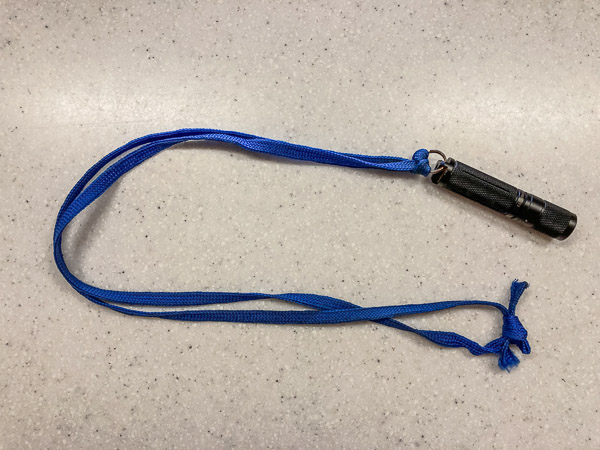
Short lanyard so it hangs at my sternum. Note the knot, this is tied so it will breakaway if you pull on it hard. Better to lose the flashlight than be strangled by it!
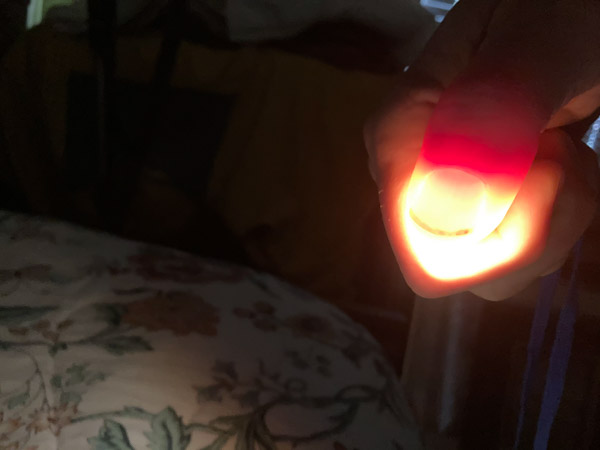
Keep the barrel about 1/2 turn back from “on” when not in use to prevent accidental discharge in a purse/pack/etc. You can turn it to just before “on” and then use thumb pressure to turn it on/off as needed (like walking on a trail). Your thumb can also attenuate the amount of light coming out. Cover the light completely for a night vision-saving red filter.
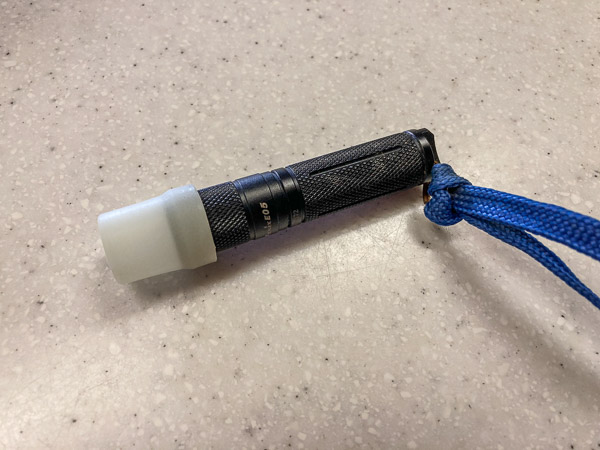
I recently obtained little diffuser caps for this size flashlight. They turn the beam into an area light (for tent, picnic table, etc.)… Basically an electric candle. (Note that this flashlight stands upright on a level surface without support.)
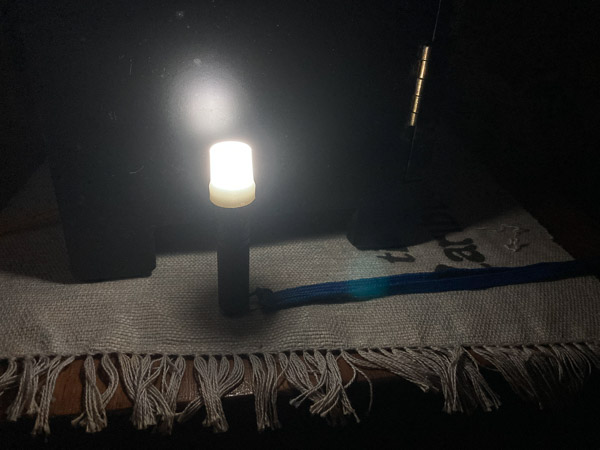
And as a bonus… the caps glow in the dark!


